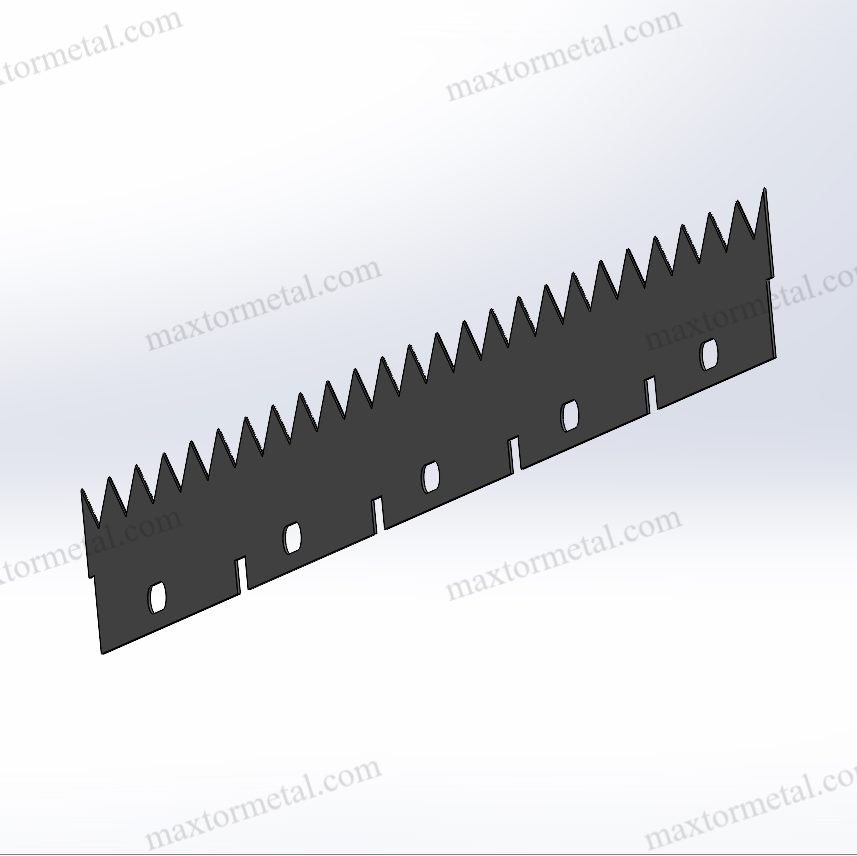
Выбор правильного инструмента для промышленной перфорации крайне важен. Он зависит от конкретных требований. Системы вращающихся перфорационных ножей очень быстрыеОни хороши для непрерывных работ. Статичные перфорирующие лезвия обеспечивают более чистый рез. Они лучше всего подходят, когда важен внешний вид. Вам следует учитывать производительность, эффективность, стоимость и обслуживание. Также подумайте, какой инструмент подходит для вашей работы. Вращающиеся ножи отлично подходят для упаковки или текстильных изделий, требующих большого объема работ. Статичные лезвия лучше подходят для работ, требующих ровных, аккуратных линий.
Ключевые выводы
- Роторные перфорационные ножи вращаются очень быстро. Они идеально подходят для быстрой и непрерывной резки. Они хорошо подходят для тонких материалов, таких как бумага, плёнка и текстиль.
- Статичные перфорационные лезвия не двигаются. Они делают ровные и аккуратные разрезы. Они хорошо подходят для работ, требующих точных отверстий или линий.
- Вращающиеся ножи служат дольше, чем стационарные. Их реже приходится ремонтировать. Это экономит время на загруженных производствах. Изначально они стоят дороже.
- Статичные лезвия стоят дешевле. Их легко менять. Они подходят для небольших работ или для резки вручную.
- Выбор подходящего инструмента зависит от материала. Также важно, насколько быстро вам нужно работать. Качество реза тоже имеет значение.
Ротационный перфорационный нож
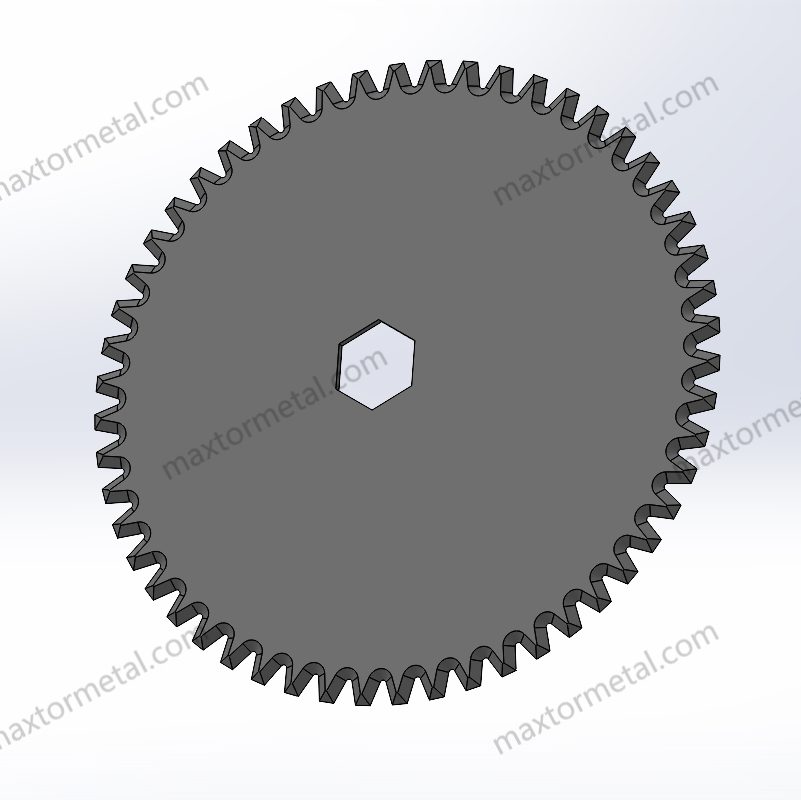
Определение
А Ротационный перфорационный нож — специальный инструмент, используемый на фабриках. Он предназначен для резки и проделывания отверстий в быстро движущихся предметах. Лезвие круглое и вращается вместе с материалом. Вращающиеся лезвия делают небольшие надрезы или отверстия, расположенные в ряд. Это помогает разрывать или разделять такие предметы, как упаковка, этикетки и билеты. Конструкция позволяет ножу резать очень аккуратно и одинаково, даже при быстрой работе.
Макстор Metal Продаёт множество видов вращающихся перфорационных ножей. Они оснащены круглыми лезвиями, а также зубчатыми или специальными лезвиями. Эти лезвия изготавливаются из нержавеющей стали, быстрорежущей стали, легированной инструментальной стали или твёрдых сплавов. Каждый тип металла подходит для разных задач. Нержавеющая сталь не ржавеет и безопасна для пищевых продуктов. Лезвия из быстрорежущей стали и твёрдых сплавов дольше сохраняют остроту и служат при тяжёлых условиях.
Промышленное использование
Роторные перфорационные ножи играют важную роль на многих фабриках. Рабочие используют их для резки и проделывания отверстий в бумаге, пластике, плёнке и текстиле. лезвия надеваются на вращающиеся цилиндрыЭти цилиндры вращаются с той же скоростью, что и материал. Это гарантирует, что каждый разрез и отверстие будут выполнены в нужном месте. Рабочие могут регулировать высоту лезвия и расстояние между разрезами. Это помогает им получить нужный размер и форму для каждого задания.
Роторные перфорационные ножи отлично подходят для быстрой и непрерывной работы. помочь заводам работать быстрее, пропуская дополнительные этапы резкиЛезвия долго остаются острыми, поэтому рабочим не приходится часто останавливаться и менять их. В упаковочном деле вращающиеся лезвия позволяют легко открывать пакеты, сохраняя при этом их прочность. В бумаге эти ножи проделывают аккуратные отверстия, которые выглядят красиво и работают без сбоев. Производители текстиля используют вращающиеся лезвия для создания ровных кромок и предотвращения распускания ткани, что экономит материал.
Maxtor Metal может изготавливать специальные роторные перфорационные ножи для каждого клиента. Клиенты могут заказать лезвия, изготовленные специально под их нужды. Компания помогает подобрать оптимальный металл и форму лезвия для каждой задачи. Они используют передовые станки и лазеры, чтобы гарантировать идеальное качество каждого лезвия. Качество проверяется по стандартам ISO, проводится термообработка и испытания на прочность. Клиенты получают информацию о ходе процесса, чтобы быть уверенными в качестве изготовления лезвий.
Если предприятию требуется специальный режущий инструмент, Maxtor Metal поможет его разработать. Читатели могут узнать больше о лезвиях, изготовленных по индивидуальному заказу. здесь. Компания хорошо разбирается в роторных лопастях и является надежным партнером для заводов.
Совет: роторные перфорационные ножи работают быстрее, делают более чистые отверстия и служат дольше при резке бумаги, пластика, пленки и текстиля.
Если вам нужна помощь или нужна цена на роторные перфорационные ножи, обратитесь к инженеру по продажам, используя эту связь.
Статические перфорационные лезвия

Определение
Статичные перфорирующие лезвия — это специальные инструменты для резки и создания отверстий. Эти лезвия не вращаются. Они остаются на месте, пока материал движется мимо. Лезвие проделывает в материале небольшие отверстия или прорези. Это создает линии, которые легко разрывать или разъединять. Статичные лезвия отлично подходят для выполнения прямых, аккуратных разрезов. Они помогают предприятиям каждый раз получать одинаковые результаты. Заводы используют эти лезвия, когда им требуется резка одинакового качества.
Статичные перфорирующие лезвия — это не то же самое, что вращающиеся ножи. В таблице ниже показаны их отличия:
| Аспект | Статические перфорирующие лезвия | Роторные ножи (роторные поперечно-режущие ножи) |
|---|---|---|
| Дизайн | Статичные лезвия, которые пробивают точные отверстия в папиросной бумаге | Вращающиеся лезвия, обеспечивающие быструю и равномерную резку |
| Функция | Создавайте перфорированные шаблоны для легкого разделения листов | Разрежьте папиросную бумагу на определённые отрезки или обрежьте излишки материала. |
| Операция | Работа в сочетании с наковаленным ножом (стационарное действие) | Вращайте на высокой скорости, чтобы делать непрерывные разрезы |
| Материалы и обработка | Высококачественные инструментальные стали, прецизионная шлифовка, термообработка | Закаленная сталь, часто со специальными покрытиями для износостойкости и снижения трения |
| Требование точности | Чрезвычайно точный размер отверстий и расстояние между ними для обеспечения функциональности | Прецизионная балансировка лезвий для минимизации вибрации при высокоскоростной резке |
| Контекст использования | Необходим для перфорации таких изделий, как туалетная бумага. | Используется в высокоскоростных производственных линиях для резки |
Статичные лезвия обеспечивают точный размер отверстий и расстояние между ними. Это гарантирует качество каждого изделия. Поскольку лезвие не движется, рабочие могут лучше контролировать резку. Это важно для мягких материалов, таких как бумага.
Примечание: Статичные перфорационные лезвия лучше всего подходят для прямых разрезов и отверстий, когда требуется их идеальность.
Промышленное использование
Статичные перфорирующие лезвия используются на фабриках по-разному. Эти лезвия важны при производстве упаковки, медицинских изделий, пластмасс, нетканых материалов, бумаги и продуктов питания. Они создают аккуратные отверстия, позволяющие легко отрывать предметы. Это помогает людям быстрее использовать продукцию и повышает эффективность работы фабрик.
Некоторые распространенные варианты использования:
- Бумажные изделия, такие как туалетная бумага, бумажные полотенца, салфетки и бланки. Лезвия оставляют линии, которые легко оторвать.
- Упаковка, такая как полиэтиленовая плёнка, фольга и пакеты для еды. Отверстия помогают легко открывать или разделять продукты.
- Домашние вещи, например, мусорные пакеты. Лезвия оставляют линии, чтобы пакеты было легко разрывать.
- Вентиляционные отверстия в упаковках. Отверстия обеспечивают циркуляцию воздуха и сохраняют свежесть продуктов.
Прямые лезвия создают ровные линии на упаковке, бумаге и плёнке. На заводах их используют в гильотинных резаках и высекальных машинах. Зубчатые лезвия создают особые узоры с зубцами разной формы и расстояниями между ними. Такие лезвия облегчают отрыв и хорошо смотрятся на упаковке и ткани.
В таблице ниже показаны варианты статических лезвий и их функции:
| Варианты статических лезвий | Использованные материалы | Специальные промышленные применения |
|---|---|---|
| Прямые лезвия | Быстрорежущая сталь (HSS), инструментальная сталь, нержавеющая сталь, карбид вольфрама, порошковая Metallurgy сталь | Создавайте прямые линии перфорации для удобства отрыва на упаковке, бумажных изделиях и пленках. Используется в гильотинных резаках и высекальных машинах. |
| Зубчатые лезвия | То же, что и выше | Создавайте рисунки перфорации с зубцами различной формы и шага, позволяющие контролировать разрывы и создавать декоративные эффекты на упаковке, текстиле и других материалах. |
Сравнение
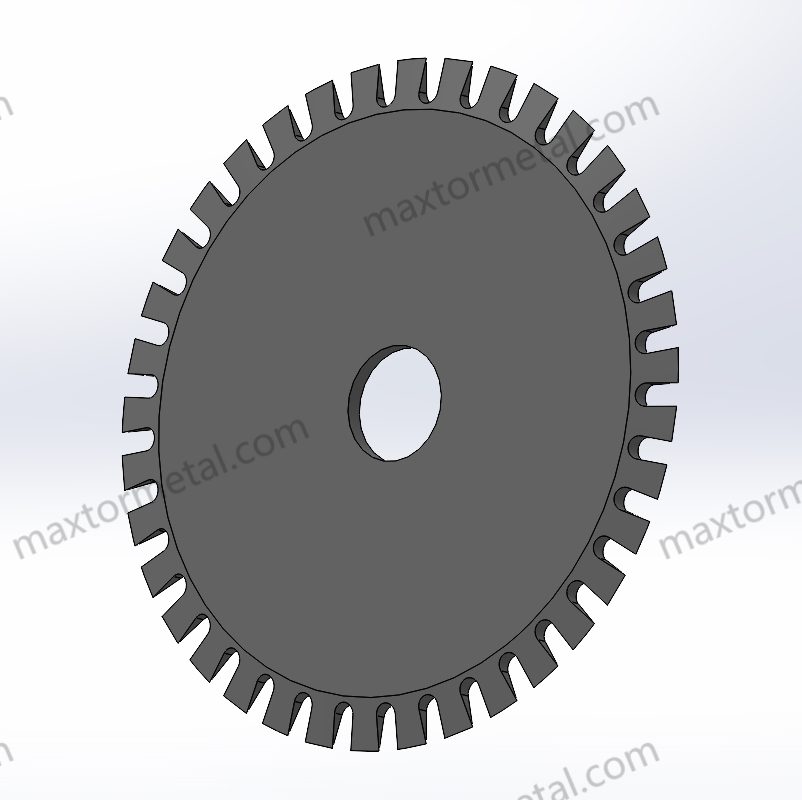
Производительность
Ротационный перфорационный нож
Системы вращающихся перфорационных ножей каждый раз создают отверстия, которые выглядят одинаково. Они отлично подходят для быстрорастущих производств. Круглое лезвие вращается и долго остаётся острым. На фабриках эти ножи используют для резки тонких материалов, таких как бумага и плёнка. Вращающееся лезвие режет непрерывно. Это помогает изделиям оставаться прочными и легко отрываться.
Статические перфорационные лезвия
Статичные перфорационные лезвия хорошо подходят для создания прямых линий и аккуратных отверстий. Лезвие неподвижно, но материал движется мимо него. Это помогает рабочим контролировать резку и получать отверстия нужного размера. На фабриках статические лезвия используются, когда требуются идеальные отверстия и линии. На загруженных фабриках эти лезвия могут требовать более частой замены. Они лучше всего подходят для небольших заказов или когда работникам требуется помощь в резке, например, при работе с бумагой или упаковкой.
Скорость и эффективность
Ротационный перфорационный нож
Системы вращающихся перфорационных ножей режут быстро и без остановок. Вращающееся лезвие может быстро резать большой объём материала. Это помогает заводам работать быстрее и реже делать перерывы. Вращающиеся ножи предназначены для машин, работающих автономно. Это означает меньше остановок и больше производительности. Вращающиеся ножи могут резать множество материалов, таких как бумага, пластик и плёнка. Они не сильно замедляют работу, поэтому их предпочитают использовать на заводах.
Статические перфорационные лезвия
Статичные перфорирующие лезвия режут медленнее, чем вращающиеся. Они лучше подходят для работ, требующих аккуратной резки, а не скорости. Эти лезвия подходят для коротких работ или специальных задач. Если материал толстый или твёрдый, рабочим может потребоваться чаще останавливаться и фиксировать лезвия. Это может замедлить работу в местах с большим количеством людей.
Техническое обслуживание и долговечность
Ротационный перфорационный нож
Системы вращающихся перфорационных ножей требуют регулярного ухода для эффективной работы. Рабочие проверяют правильность установки лезвия. Они затачивают лезвия по графику. Они также проверяют наличие сколов и повреждений. Лезвия из нержавеющей стали и с покрытием не подвержены ржавчине. Некоторые вращающиеся ножи легко заменяются и имеют покрытие, препятствующее образованию ржавчины. Вращающиеся ножи служат дольше и требуют меньше замены. Это позволяет предприятиям продолжать работу без длительных остановок.
- Чаще проверяйте выравнивание, чтобы избежать неравномерного износа.
- Регулярно затачивайте лезвия, чтобы они оставались острыми.
- Обращайте внимание на сколы, чтобы избежать повреждений.
- Нержавеющая сталь и покрытия помогают предотвратить появление ржавчины.
- Быстросменные лезвия экономят время.
- Простые в использовании конструкции облегчают настройку и уход.
Статические перфорационные лезвия
Статичные перфорирующие лезвия просты и легко заменяются. Заводы могут быстро устанавливать новые лезвия. Это удобно для коротких работ. Однако при интенсивной работе эти лезвия могут изнашиваться быстрее.
Расходы
Ротационный перфорационный нож
Системы вращающихся перфорационных ножей изначально стоят дороже из-за своей сложности и использования прочных металлов. Но со временем заводы экономят деньги, поскольку им реже приходится останавливать производство или менять лезвия. Такие ножи служат дольше и работают быстрее, поэтому они являются разумным приобретением для мест с высокой проходимостью.
Статические перфорационные лезвия
Статичные перфорирующие лезвия изначально стоят дешевле. Это делает их подходящими для небольших проектов или мест, где хотят сэкономить. На загруженных производствах такие лезвия могут нуждаться в более частой замене. Это может привести к увеличению общей стоимости. Для небольших проектов или мест, где замена лезвий не представляет сложности, статические лезвия — хороший выбор.
Пригодность применения
Ротационный перфорационный нож
Системы с вращающимися перфорационными ножами идеально подходят для быстрой и непрерывной работы. Они способны резать множество материалов, таких как бумага, пластик, плёнка и текстиль. Фабрики, производящие упаковку и текстиль, используют эти ножи для прочной и аккуратной резки.
| Особенность | Роторные перфорационные ножи | Статические перфорирующие лезвия |
|---|---|---|
| Конструкция лезвия | Круглые, вращающиеся для быстрой и многократной резки | Плоский край, режет одним прямым движением |
| Подходящий материал | Тонкие материалы: тонкие металлы, фольга, полосы, пленки, бумага | Толстые материалы: металлические листы, арматура, толстые пластины |
| Скорость резки и использование | Высокоскоростная непрерывная резка на загруженных заводах | Медленнее, подходит для толстых или небольших работ |
| Износ и обслуживание | Изнашивается равномерно, служит дольше при термообработке | Изнашивается неравномерно, требует частой заточки |
| Промышленное применение | Упаковка, резка пленки, обработка бумаги | Тяжелая резка толстых металлов и арматуры |
| Материалы и покрытия лезвий | Часто изготавливаются из карбида вольфрама или быстрорежущей стали с покрытиями типа DLC или TiN для повышения долговечности. | Обычно инструментальная сталь или аналогичные материалы |
Статические перфорационные лезвия
Статичные перфорационные лезвия лучше всего подходят для работ, требующих идеально ровных линий и отверстий. Они хорошо подходят для работ, где рабочие помогают с резкой, или для резки специальных изделий. Эти лезвия подходят для коротких работ или когда частая замена лезвий не является проблемой. На предприятиях, где требуется очень аккуратная резка, например, для специальной бумаги или упаковки, используются статические лезвия.
Примечание: если для вашей работы вам требуется специальное лезвие, посетите страницу с индивидуальными лезвиями.
Плюсы и минусы
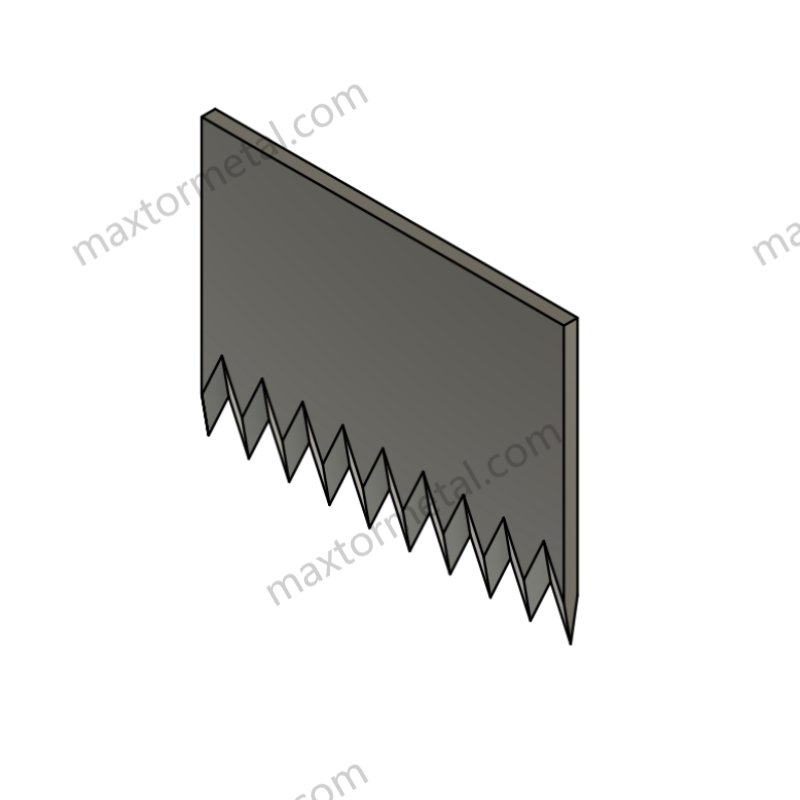
Ротационный перфорационный нож
Роторные перфорационные ножи имеют множество преимуществ для резки на фабриках. Эти ножи каждый раз выполняют одинаковые разрезы, даже при быстрой работе. Круглое лезвие вращается и прорезает отверстия или прорези, которые выглядят одинаково. На фабриках роторные ножи используются для непрерывной резки таких материалов, как бумага, пленка и текстиль. Лезвие долго остается острым, поэтому рабочим не приходится часто останавливаться. Maxtor Metal изготавливает роторные ножи из прочных металлов, поэтому они служат дольше и работают без сбоев. Компании могут заказать специальные роторные ножи для своих задач, перейдя по ссылке страница пользовательских лезвий.
Но роторные перфорационные ножи изначально стоят дороже. Конструкция сложная, используются более качественные металлы, поэтому цена возрастает. Работникам приходится проверять правильность установки лезвия и часто его затачивать. Такие ножи лучше всего подходят для машин, работающих автономно и требующих высокой скорости.
Совет: вращающиеся перфорационные ножи отлично подходят для предприятий, которым требуется быстрая непрерывная резка и которые не хотят часто менять лезвия.
Статические перфорационные лезвия
Статичные перфорирующие лезвия лучше всего подходят для работ, требующих ровных и аккуратных разрезов. Эти лезвия неподвижны, но материал проходит мимо них. На фабриках статические лезвия используются для резки таких материалов, как бумажные полотенца, упаковка и бланки. Простая форма позволяет рабочим быстро менять лезвия и легко их крепить.
Статические лезвия изначально стоят дешевле, поэтому они подходят для небольших работ. Но при частом использовании они могут изнашиваться быстрее, поэтому рабочим может потребоваться их более частая замена. Статические лезвия лучше всего подходят для коротких работ или для резки вручную.
Примечание: Статичные перфорационные лезвия хороши для работ, требующих аккуратных разрезов, но не требующих быстрой работы.
| Особенность | Ротационный перфорационный нож | Статические перфорирующие лезвия |
|---|---|---|
| Скорость резки | Высокий, продолжает идти | Средний, работает в группах или вручную |
| Точность резки | Всегда одно и то же | Очень прямо и аккуратно |
| Техническое обслуживание | Не часто, по расписанию | Легко, но нужно сделать больше |
| Первоначальная стоимость | Больше денег | Меньше денег |
| Пригодность применения | Большие и быстрые работы с машинами | Небольшие работы, выполняемые вручную или с посторонней помощью |
| Настройка | Да (лезвия на заказ) | Да (лезвия на заказ) |
Выбор правильного инструмента
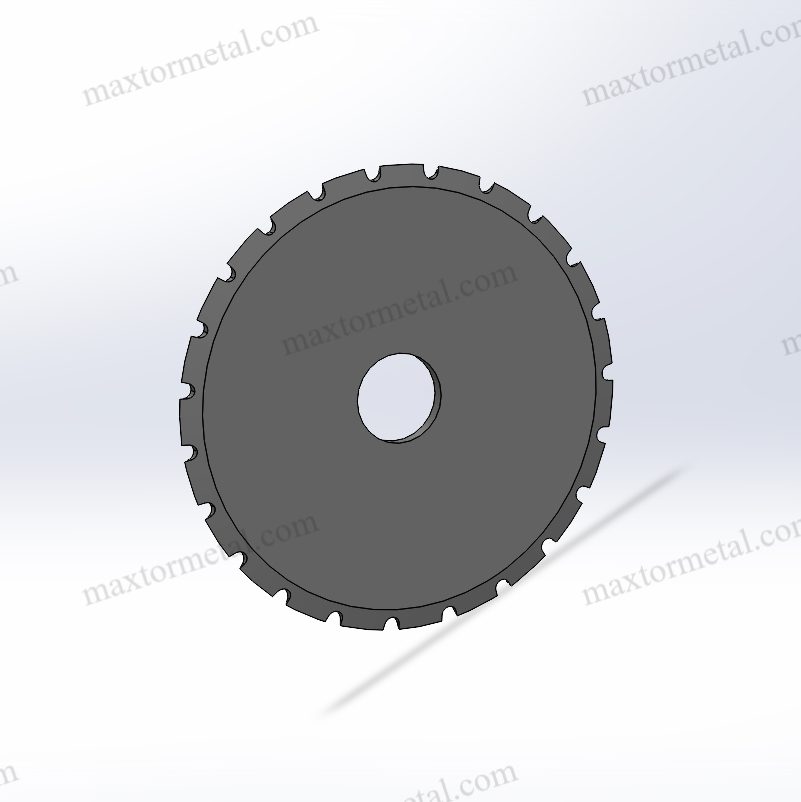
Факторы принятия решения
Выбор правильного перфоратора зависит от нескольких факторов. Производителям необходимо учитывать материал, который они режут. Им также необходимо учитывать желаемую скорость работы. Конечный результат также важен. Роторные перфорационные ножи лучше всего подходят для быстрой работы. Эти ножи режут тонкие материалы, такие как бумага, пленка и текстиль. Они выполняют одинаковые разрезы и сохраняют прочность даже при длительной работе. Статичные перфорационные ножи лучше подходят для работ, где требуются ровные, аккуратные линии. Эти ножи хороши, когда точность важнее скорости.
Фабрикам также стоит задуматься о том, сколько им нужно производить. Вращающиеся ножи отлично подходят для загруженных цехов, где резка происходит постоянно. Они помогают поддерживать прочность и предотвращают слишком частые поломки. Статичные ножи подходят для небольших работ или для ручной резки. Эти ножи легко заменяются и позволяют рабочим контролировать степень отрыва.
В таблице ниже показано, какой инструмент подходит для каждой работы:
| Фактор | Ротационный перфорационный нож | Статические перфорирующие лезвия |
|---|---|---|
| Тип материала | Тонкие, гибкие материалы | Более толстые, жесткие материалы |
| Объем производства | Высокий, непрерывный | Низкая или средняя, на основе партий |
| Скорость резки | Быстро, автоматизировано | Умеренный, ручной или полуавтоматический |
| Прочность на разрыв | Сохраняет высокую прочность на разрыв | Подходит для контролируемой силы разрыва |
| Прочность на разрыв | Постоянство на протяжении длительных периодов | Точный для коротких дистанций |
| Техническое обслуживание | Менее частые, запланированные | Быстрая и простая замена |
Совет: Производителям следует выбирать инструмент, подходящий для конкретной задачи. Вращающиеся ножи лучше всего подходят для быстрой и непрерывной работы. Статичные ножи лучше всего подходят для работ, требующих идеальных прямых линий.
Роторные перфорационные ножи работают быстро и каждый раз выполняют одинаковые разрезы. Они лучше всего подходят для производственных процессов, где требуется быстро изготовить большой объём продукции. Статичные перфорационные ножи хорошо подходят для ровных и аккуратных разрезов. Они лучше подходят для небольших работ, требующих идеального вида. Каждый инструмент подходит для разных производственных задач. Прежде чем выбирать инструмент, подумайте, что именно вы режете и сколько нужно сделать.
Часто задаваемые вопросы
Какие материалы можно резать перфорационными лезвиями?
Перфорационные лезвия могут резать множество материалов. Они подходят для резки бумаги, пластика, плёнки, текстиля, фольги, этикеток, клейкой ленты и нетканых материалов. Эти лезвия используются для резки упаковки, ковров, пакетов, резины и рулонов.
Каким образом роторный перфорационный нож повышает скорость производства?
Роторный перфорирующий нож вращается быстро и режет по мере движения материалов. Это помогает заводам работать без остановок. Это позволяет производить больше продукции за меньшее время.
Можно ли с помощью Maxtor Metal настраивать перфорационные лезвия для специальных задач?
Да. Maxtor Metal может изготавливать лезвия для специальных задач. Клиенты могут присылать чертежи или образцы. Компания изготовит лезвия, соответствующие вашим требованиям.
В каких отраслях промышленности чаще всего используются статические перфорационные лезвия?
Статичные перфорирующие лезвия используются во многих отраслях промышленности. Они широко распространены в упаковочной, бумажной, текстильной, медицинской и пищевой промышленности. Эти лезвия оставляют ровные, аккуратные линии для лёгкого отрыва и чистого разделения.
Смотрите также
Понимание перфорационных лезвий и их практического применения
Почему перфорационные ножи для упаковки широко используются в упаковочной промышленности


